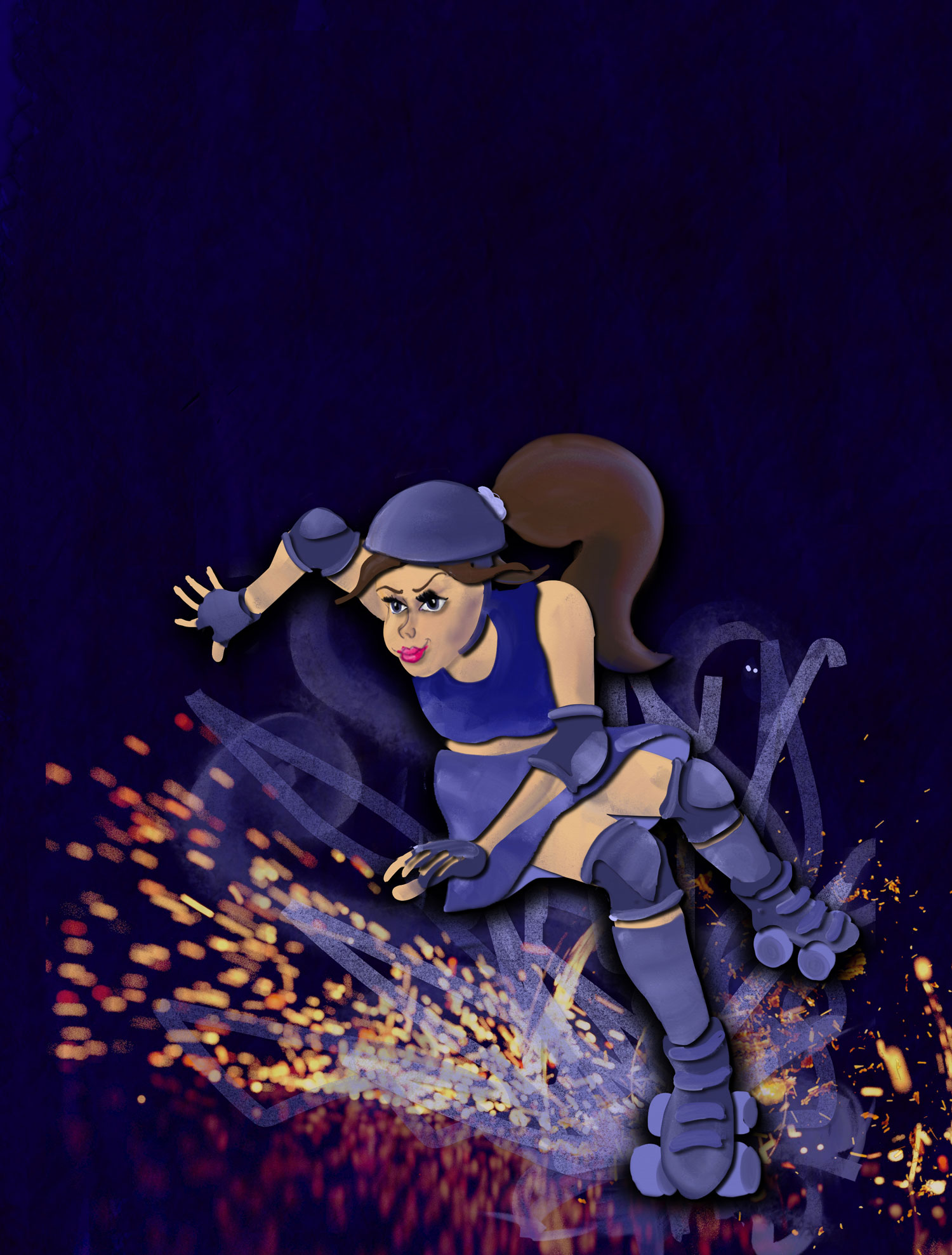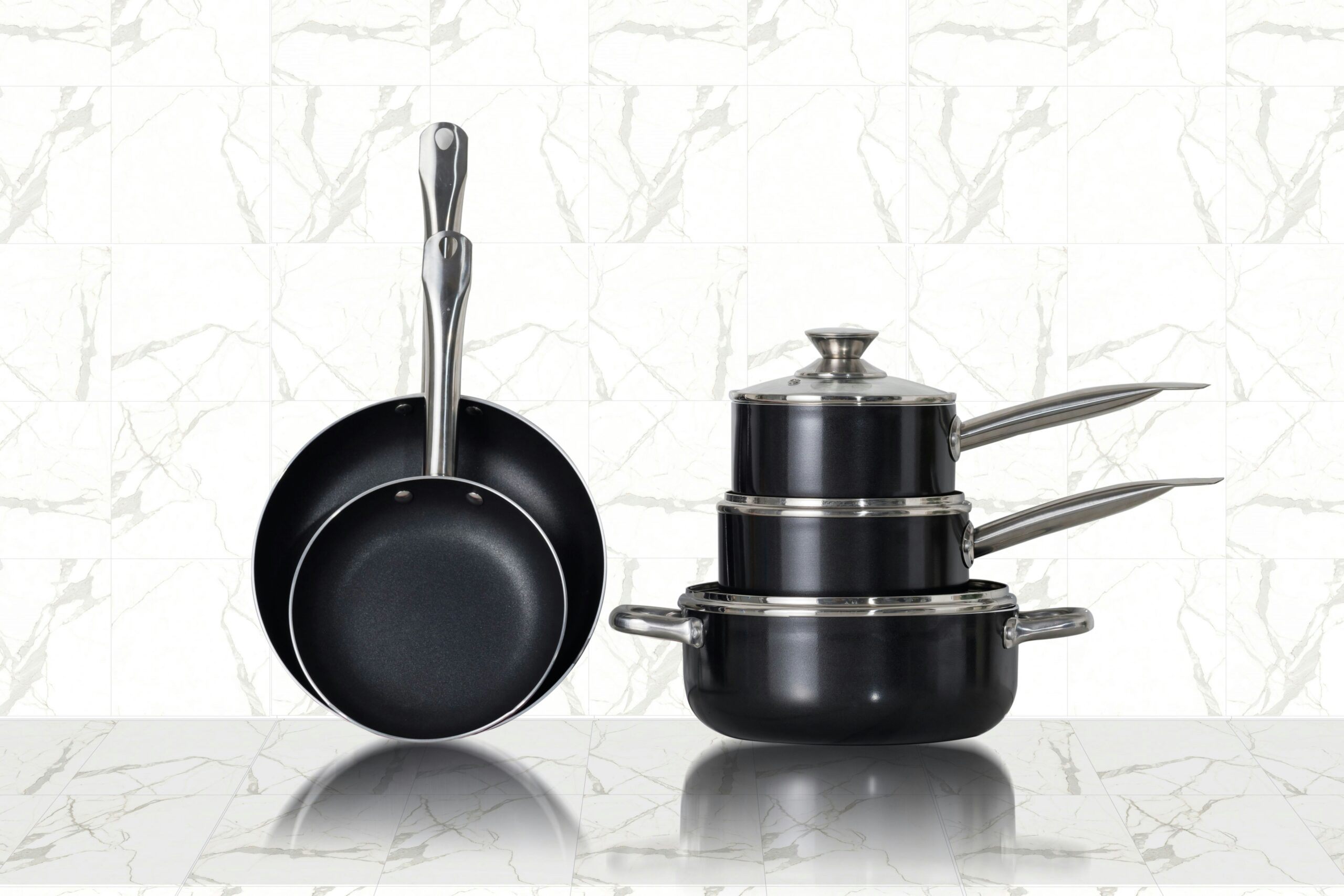The 2009 film Whip It, starring Ellen Page and Drew Barrymore, marked one of the first mainstream depictions of roller derby to reach Irish shores. The sport’s emphasis on fun and individualism was at the forefront of the film, in which the protagonist, unable to conform to the beauty-pageant focused atmosphere of her home, finds that roller derby gives her, as it does many, the opportunity to express herself in a unique way suited to her own character. While the film wasn’t exactly a knockout at the box office, it helped to bring the idea of rollerderby, a sport better known in America, into the mainstream in more of the Western World. Founded in 2013, Boomtown Rollers in Dublin are just one of a series of Irish roller clubs that are presenting Irish men and women with the same chance to fall in love with the sport.
Exhilarating, intense, quirky, and with just the right measure of violence, roller derby is a sport like no other. During game play there are two teams, that can have up to fourteen players and field five members, that skate clockwise around an oval circuit for two-minute periods over the course of an hour. A whistle blows, four members of each team pack-up and skate around the circuit while the final member of each team, “the jammer”, on the cue of a second whistle, laps the pack for points. Those in the pack are known as “blockers” and, as their name suggests, attempt to block the opposing team’s jammer and let their own through. Points are scored with each lap their jammer manages to complete. Like most sports, the team with the most points wins. These are, of course, the basic rules of the sport, but the world of roller derby extends far beyond a simple set of protocols.
“Some fell, the dull, hollow thud barely having a chance to echo through the room before they were back on their feet, laughing off the pain”
Roller derby has been one of the fastest-growing sports around the world in recent years, especially among female athletes. Although popular in America since the late 20th century, in the past fifteen years roller derby has appeared on the radar of Irish sport. Roller derby made its debut in the United States in the 1920s, then consisting of skating races without physical contact. The sport developed an increasing level of violence during the 1930s, with the arrival of the touring Transcontinental Roller Derby, a competition run by Leo Seltzer, who is now typically credited as the creator of the sport. It took on a new element with knocks, falls and pushing becoming a feature of the once non-contact sport. During this period it developed into a team sport, as it has remained to this day. Roller derby began to appear on American television in the 1940s, managing to recruit more enthusiastic members from its viewers. After a decline in the Seltzer family’s involvement, the sport weakened to such an extent that a revival became necessary. During subsequent revivals in the 1980s and 1990s, organizers turned to unusual tactics, even involving storylines and stunts in an attempt to revive the organisation. With the arrival of the 2000s, roller derby got the spark that continues to fuel the activity’s popularity to this day as the Texas Rollergirls burst onto the scene. Bright, enthusiastic and individual, they captured popular imagination in the United States and, as a result, more and more teams began to appear nationwide. They removed the raised track, allowing for it to be played more widely as gamelines could be marked out on flat surfaces.
“It’s an obsession” Sarah exclaims. Sarah is a committed member of the Boomtown Rollers and head of PR for their league. Roller derby certainly seems like one of those sports involving serious dedication, becoming a way of life more than just being an activity. Although relatively new to Ireland, it’s clear that this is something that is not going away. I waited in the dark and damp Tuesday night to catch a glimpse of them training. And that’s all it was really, a glimpse. But the togetherness of the team, and their passion, was there. A group of less than ten people glided across the Spin Roller Disco Hall, knee pads, gloves, helmets, intrepid. They circled the venue with graceful composure through an obstacle course comprised of cones. Some fell, the dull, hollow thud barely having a chance to echo through the room before they were back on their feet, laughing off the pain.
“I cracked my ribs… that scared me. I have never injured myself like that”
As one can imagine, it’s a physical sport. Geraldine, a mother to two daughters, scoffed when I asked her whether her children will be joining soon. “No, they won’t be” she says, half grinning, “the sport has foul language”. And that is certainly hinted even in its advertising of events, given that the next event to take place in the coming weeks features “Viclones V’s Vagine RegimeIt”. Geraldine explains how, one time: “I cracked my ribs… that scared me. I have never injured myself like that.” The potential to injure oneself and the competitiveness doesn’t make it surprising to learn that it’s a strictly over-eighteens affair. Despite this, there is a tremendous range in the age profile, even at the session I attended.
Although it is a largely female-dominated sport, it does have its all-male and unisex battles. This is probably one of the few sports in which you can accommodate both men and women competing against one and other. However, the sport is formally organised under WFTDA: Women’s Flat Track Roller Derby Association, founded in Dallas, Texas in 1920. The sport has gone global, resulting in international competition involving also the Boomtown Rollers who recently played the Antwerp branch of derby.
There are strict regulations on being cleared to play for insurance reasons. The experienced team for Boomtown Rollers trains on Thursdays while newcomers learn the basics of skating at their Tuesday session. “If you can’t skate, you won’t pass the test. We had one person fail three times. But some people just don’t listen”, Geraldine notes. Or perhaps it would be more apt to refer to her as “Cool Chulin”, as all skaters are given their own nicknames on the field. The sport has certain quirky elements routed in the personalities of its participants. For example Texas Rollergirls have a team called “Hell Marys” who are described as being “Naughty parochial school girls in red plaid”. These nicknames combine well with the boisterous nature of the sport. Sarah’s is “Manson’s Sister”. “My second name is Manson”, she explains. The nicknames started in the 90s, Louise “The Bolt”, informs me: “They’re old school.”
The Boomtown Rollers is a “league”. It’s easier to understand the term “league” in roller derby as functioning as an alternative word for “team”. A, B and C teams can be found in their single league. The Boomtown Roller league faces other similar leagues, for example, the Belfast league. The names of leagues also reflect the air of bravado. “High Rollers” and “Heartless Heathers” are just some of the names of other leagues the Boomtown Rollers compete against.
“If you can’t skate, you won’t pass the test. We had one person fail three times. But some people just don’t listen”
The nicknames, audacious physicality and the level of fitness required all seem a rather small ask when compared to spirit of community roller derby pervades. Sarah, the club’s head of PR, is a volunteer, as are the treasurers and the coaches. The whole thing is nonprofit, which almost seems at odds with its modern American, new-age-sport feel. Because honestly, based on the level of entertainment that it offers the viewer, one would be able to imagine Ben Stiller lacing up his skates as easily as he brandished a dodgeball on the big screen.
However, while it’s staggering and heartening to learn that a modern sport can be non-profit, that’s probably why we haven’t heard more of it. It hasn’t sold out and monetised itself yet to put out aggressive advertising and draw the numbers the sport deserves. Yet, it doesn’t seem to need to either, because ESPN showed the sport for the first time on their channel this month. The sport’s popularity is growing and members even rent skates out to new members, many of whom are family. Louise tells me that Zola, a coach at Boomtown Rollers and one of its founding members, has had her husband and several other family members join, even a “missus in law”.
As I leave, Sarah tells me about an upcoming match between the East Coast Cyclones and Boomtown Rollers in Greystones, Co Wicklow: “There’ll be merch stands, and crowds full of people… skaters jumping over other people to earn more points. It’ll be madness”.
Having previously taken to the floor of the Spin Roller Disco myself for one of the group’s open evenings I can report that it is not a sport for the faint hearted, nor is it one for those with two left feet. Despite being covered in padding, a level of risk remains as you inexpertly attempt to dodge the raised elbows of experienced skaters as they flit between the narrow gaps, between the newbies. As for the requirement of taking a test prior to competing, it is, as I discovered the hard way, a completely logical addition. As I made my way around the track I began to feel a dangerous sense of self-confidence. I sped up, remembering halfway through my acceleration that I had not yet learnt how to stop. After having gone flying, almost taking two other fledgling skaters with me, I retired to the safety of the bench to watch others’ far more successful endeavours. I could not be unleashed upon others with my current skill set, and without having proved myself capable of not being a public nuisance.
As more and more clubs appear both internationally and in Ireland, the sport, much like me, shows few signs of slowing down. Rather, it looks set to continue skating smoothly into the ranks of the most popular international sports. If your child is showing an interest in taking up this sport, you could look at getting them a pair of one of these skates.







